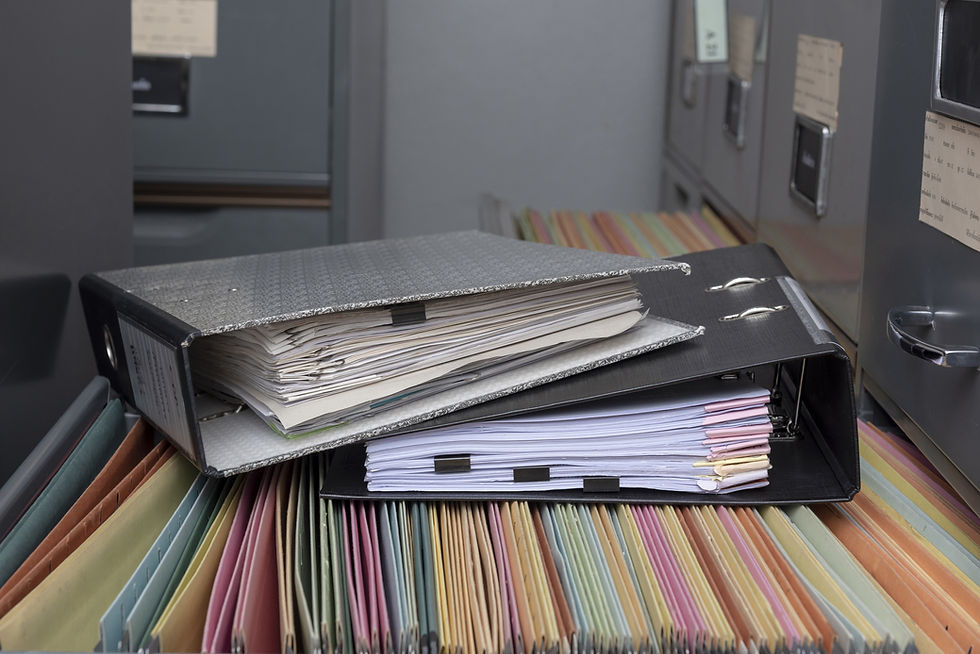Music School Auditions in the U.S.: A Guide for International Students
- Ksenija Komljenović
- Nov 17, 2023
- 4 min read
If you've read the earlier blog posts covering choosing the right schools to audition for, and the application process, it's time to delve into the world of music auditions. The audition process for American schools generally falls into one of three scenarios:
Travel to the desired school for a live audition.
Take a live audition at another location
Submit a video audition.
Some schools may require a pre-screening video as part of the application process. If successful, they might invite you for a live audition. What to Expect in an Audition: The audition process varies from school to school. Some only listen to the student playing their repertoire from top to bottom, while others might test applicants' adaptability by asking them to alter their performance on the spot (like a mini-lesson). The format can range from performing in front of one professor to facing a panel, a class, and a camera. The panel may interrupt your performance, request specific sections, or engage you in a conversation about your aspirations. They also may test your sight-reading skills or ask you to play with a student chamber ensemble. In summary, there's no one-size-fits-all approach to auditions. The key is to be well-prepared for various scenarios.

Step 1: Preparation Thorough preparation is crucial. Understand the specific requirements of each school and gather information about the audition process. Questions to consider include:
How much warm-up time is provided?
Will there be a theory or music history test?
Can you practice in the school's facilities before the audition (say, if you arrive on the day before your audition) or do you only get warm-up time right before your performance?
Tailor your repertoire for this purpose. Choose contrasting pieces that showcase your abilities. Consider including both standard repertoire and contemporary works. I highly recommend that you reach out to the professor and share your repertoire list with them, asking for their input. One way to show your flexibility and eagerness to learn is to adjust to whatever they recommend and you can handle. Step 2: Practice Auditioning! Schedule mock auditions to simulate the auditioning experience. Engage in scenarios where you play your program in front of an audience, be they your current teachers, friends, or family. Subject yourself to different environments, change rooms and instruments. Perform a full mock audition daily in the week leading up to the audition. If an interview is part of the process, rehearse responses to common questions (in English, of course). Remember, the audition starts from the moment you enter the room, so maintain a positive and professional demeanor throughout. Think about answers to questions like: "Why do you want to study here?" "What questions do you have for us?"
Pro tip: Run a lap around the building or do a few minutes of intense exercises and then start playing. Chances are that you'll be in a similar physical state before the audition - perhaps slightly sweaty, with your heart beating rapidly. By placing yourself in slightly stressful (yet safe, since this is only a simulation) situations, you can practice regaining focus and full control over your body. Each time you do this, you will get a little faster at snapping out of your nerves and feeling fully in charge. Step 3: Day of the Audition:
Ensure you get enough sleep and attend to your physical and mental well-being.
Dress comfortably yet professionally. (I always tell my students they should wear whatever empowers them and showcases their personality as long as it's not illegal or offensive. Depending on where you are auditioning, the vibe may be more or less conservative. Make an informed decision.)
Arrive at least 30 minutes early for the first meeting of the day.
Prepare well-organized binders/folders with your repertoire and consider using markers or a table of contents for easy reference.

Recording the Audition for Video Submission (if applicable): If you're submitting a video audition, organize the recording session weeks before the deadline. This way, in case there are any issues with technology (or perhaps if you're not feeling the best about your playing, or if your accompanist gets sick, etc.) you can still book another time before the deadline. Confirm the preferred format for submission. Focus on achieving the best sound and picture quality, and enlist someone to assist with the recording. Depending on the required format, you might be allowed to record one piece at a time or you might have to play through your repertoire without stopping, just like you would if it were in-person. Editing may or may not be allowed - do follow the school's instructions. Either way, the recording should showcase your musicality and energy. It might be challenging to project a positive vibe if you are in a room by yourself playing for the camera. However, do not forget that your personality matters and that you should proudly show who you are. By following these steps, you'll be well-prepared for your music audition, whether live or through video submission. Good luck!
